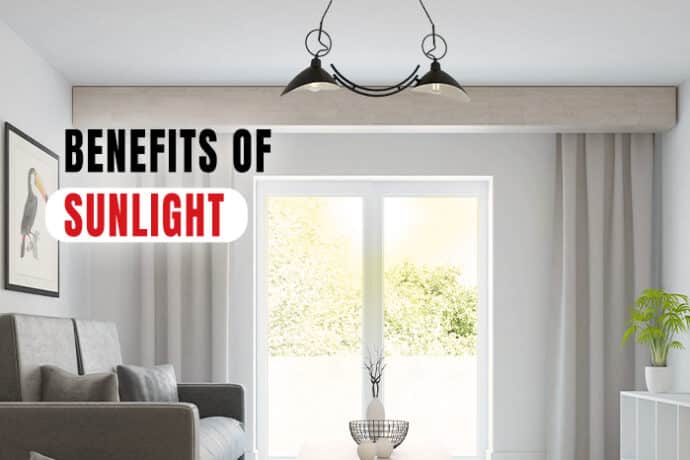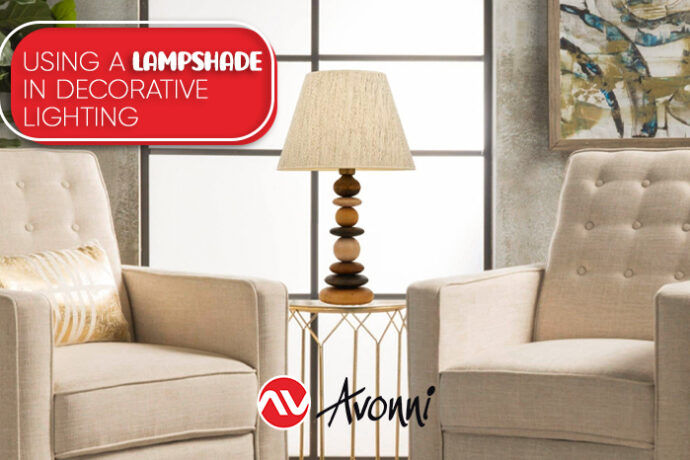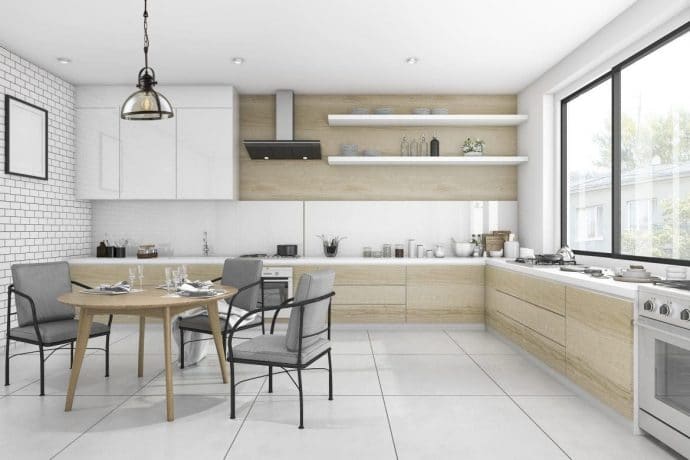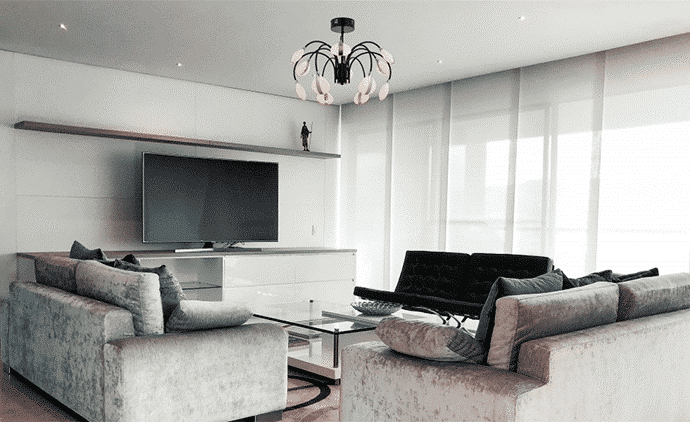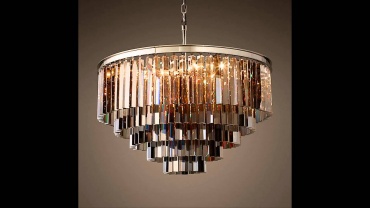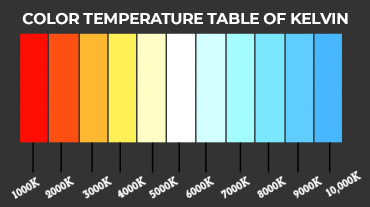The lighting level (lux level) in indoor spaces can vary depending on the purpose of use, the size and function of the space, and other factors. We have listed standard values for general lighting levels for you. However, the requirements of the space, and personal preferences may differ. Additionally, factors such as age, functionality, visual comfort, and energy efficiency should also be taken into account.
In lighting, the terms “lux” and “lumen” are two different units of measurement used to quantify the intensity and distribution of light.
Lumen (lm)
Lumen is a unit of measurement that quantifies the total visible light energy emitted by a light source. It represents the overall brightness of the light source. The higher the lumen value a light source produces, the brighter the light is considered. In other words, lumen indicates the total amount of light emitted at the moment it exits the source. The lumen value of a light source is typically indicated on the product box, technical specifications, or label. Users can choose an appropriate level of illumination based on the lumen value, taking their needs into consideration.
Lux (lx)
Lux is a unit of measurement obtained by dividing the lumen unit by the square meter. Lux measures the light intensity of a specific area. The amount of lumens coming out of the light source turns into lux value depending on the distance of the area where this light falls. So, lux indicates the intensity of light on a surface. The lux value on a surface expresses the illumination level of light falling on that surface.
The lux value of a surface can be easily measured with a lux meter. You can use lux meter apps for mobile phones to get (approximate values).
While the amount of lumen coming out of the light source is constant, the lux value depends on the distance of the area in contact with the light from the light source. For example, the same lamp may produce different lux values at different distances. The light intensity will be higher on a nearby surface, while the light intensity will be lower on a distant surface.
Therefore, in lighting design, lux values are used to ensure the appropriate illumination level of a particular area. Appropriate lighting fixtures and positioning options are selected by calculating how much lux a certain area should be illuminated according to need.
Average Lux Values That Can Be Used Indoors
Living Spaces :
Living Room: 100-250 lux (general lighting), 300-500 lux (reading or work areas) Bedroom: 100-200 lux (general lighting), 200-400 lux (vanity table)
Kitchen: 300-750 lux (general lighting), 750-1000 lux (Countertop) Dining Area: 200-400 lux
Offices and Workplaces:
General Office Areas: 300-500 lux, Conference Rooms: 300-500 lux, Desks: 500-750 lux, Meeting Rooms: 300-750 lux
Restaurants and Cafes:
Fast-Food Restaurants: 150-300 Lux, Fine-Dining Restaurants: 50-150 Lux
Restaurant kitchens: 300-750 lux (general lighting), 750-1000 lux (Countertop)
Education:
Classes: 300-500 lux
Libraries: 300-750 lux
Retail Areas:
Store General Areas: 300-750 lux Showcases: 750-1500 lux
Hospitals and Health Institutions:
Patient Rooms: 300-500 lux
Operating rooms: 750-1000 lux
Industrial Areas:
Production Areas: 200-500 lux Warehouses: 100-300 lux


